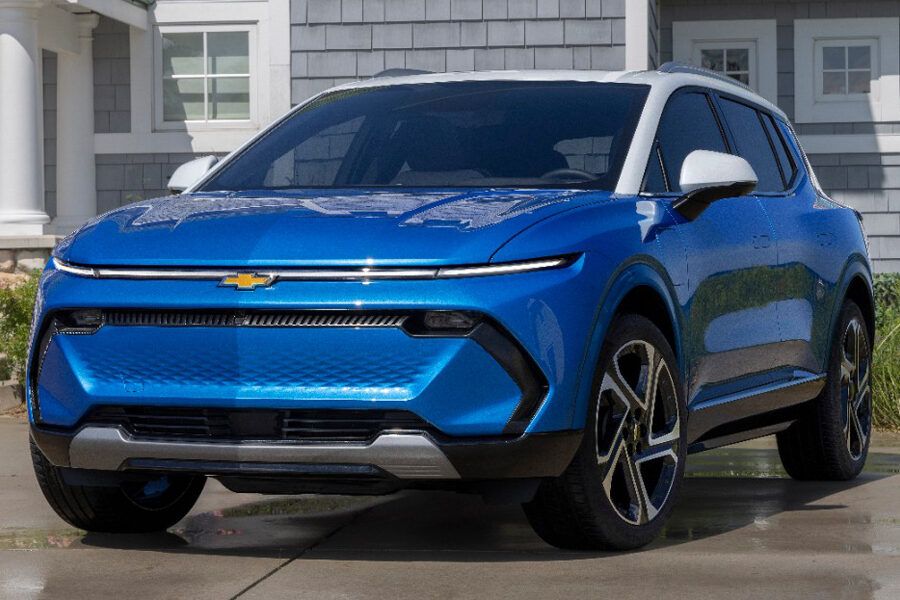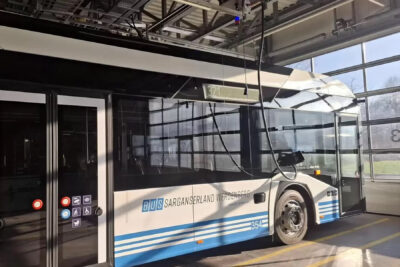EV registrations in the USA continue to grow slowly
Cox Automotive has recorded exactly 130,082 new electric cars for July, an increase of 26.4 per cent on June and 19.7 per cent on the same month last year, taking the electric car share of the new car market to 9.1 per cent. It was the second-highest monthly figure since records began, with eleven brands achieving their best sales figures for EVs this year.
In terms of new cars, Tesla remained the highest-volume brand with 53,816 vehicles, followed by Chevrolet, Hyundai, Ford and Honda, which Cox Automotive said “all saw strong gains.” With an increase of 454 per cent, the Volkswagen brand moved up to sixth place, while Audi also made significant gains with an increase of 150.2 per cent, following significantly weaker growth of 4.6 per cent in the second quarter. Mercedes was able to reverse the trend and achieved a slight growth of 6.4 per cent after a -52 per cent decline in Q2.
The average sales price (not the list price) for new electric cars fell to 55,689 US dollars in July, 2.2 per cent less than in June and 4.2 per cent less than in July 2024. This also reduced the price difference to the average combustion car to 7,611 dollars, which is the lowest value since December 2024, according to Cox Automotive. The five best-selling models, Tesla Model Y, Tesla Model 3, Chevrolet Equinox EV, Honda Prologue and Hyundai Ioniq 5, are available for less than 40,000 dollars after deducting the subsidy.
In addition to the growth in new electric cars, the used car market has also increased noticeably. US sales of used electric cars rose to 36,670 units in July, an increase of 23.2 per cent compared to June and 40 per cent compared to the same month last year. According to Cox Automotive, 2.2 per cent of the entire used car market was therefore electrically powered. Tesla is also the strongest brand for used cars in the USA with 15,903 vehicles (+18.0 per cent).
The rising demand is likely to be strongly driven by the expiry of the US tax credit at the end of September. Cox Automotive also cites this obvious reason, but also sees another development: “Inventory tightened, incentives climbed, and pricing adjusted – highlighting a market still heavily influenced by policy support but increasingly responsive to real-time demand.”
The single biggest factor that will shape market trends for the rest of the year remains the tax credit. “With the IRA tax credit set to expire at the end of September, urgency is likely to remain high, positioning the EV market for continued strength through the remainder of Q3,” Cox Automotive writes in its outlook. “July’s performance sets a strong precedent, and as policy support winds down, the market’s ability to respond to real-time demand and brand-level dynamics will be critical in shaping the next phase of growth.”
While the current US presidential administration is not fond of subsidies, declaring them to be phased out by the end of September, there have been other initiatives to boost EV adoption rates, such as a recent initiative to expand carpool lane rules to provide exceptions for electric and alternative fuel vehicles. The US government also recently announced intentions of investing in the supply chain to help expand technologies for mining, processing and manufacturing “across all key stages of the supply chain.” Previously approved funding for charging infrastructure was also finally released by the Trump administration earlier this month. Just last week, Lucid even announced plans to replace the US EV subsidies with its own $7,500 rebate. Meanwhile, BMW is considering braving the tariffs and importing batteries from China.
This article was first published by Sebastian Schaal for electrive’s German edition.





0 Comments